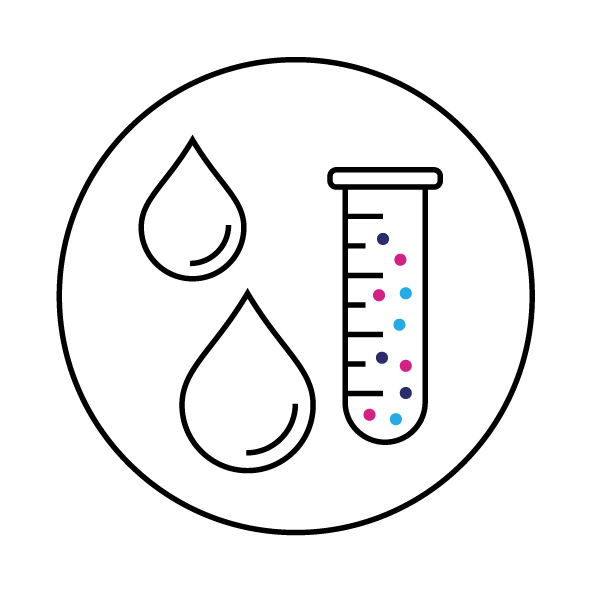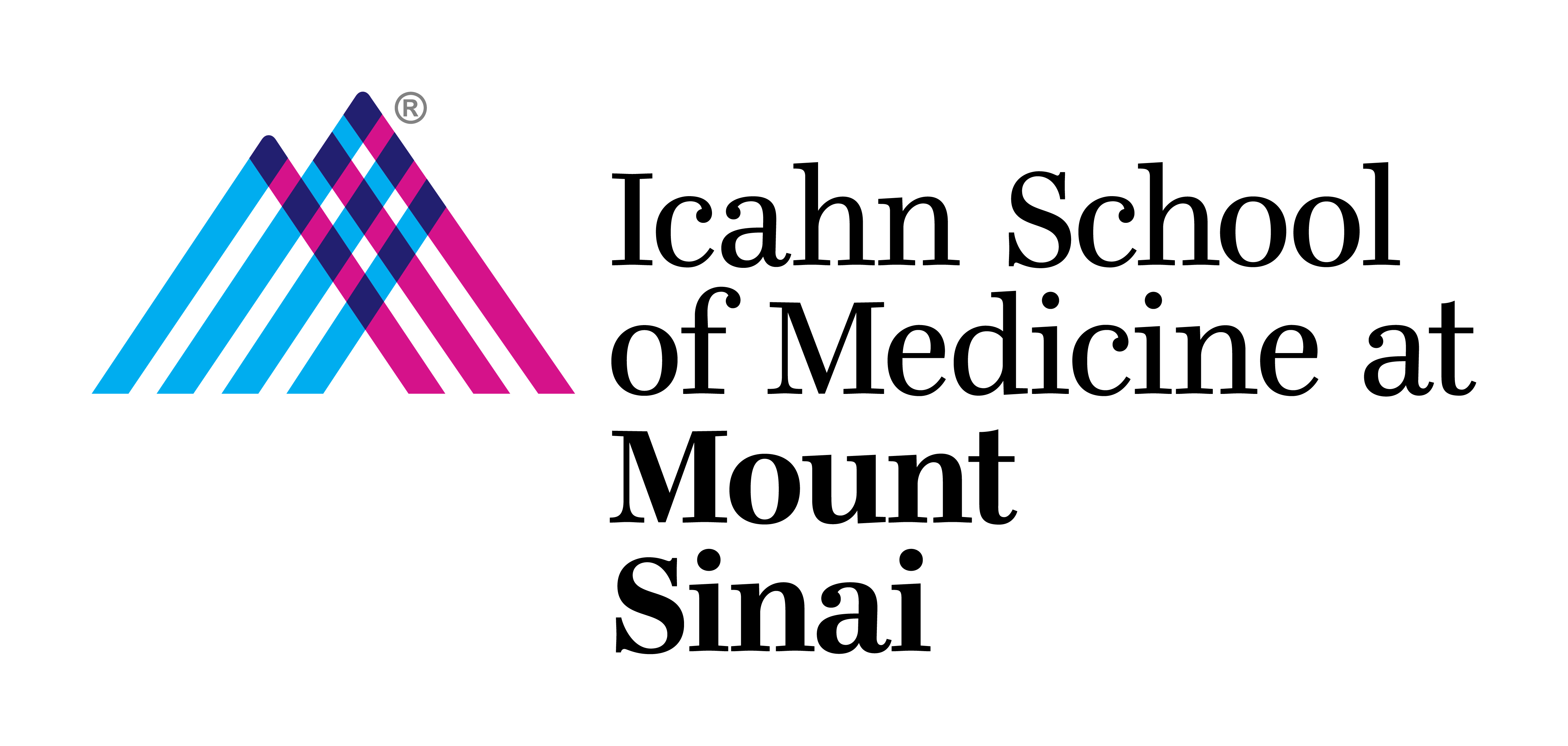
Targeted Trace and Emerging Organics
Our Organics Division conducts bio-monitoring experiments to study the relationship between exposures to organic chemical contaminants in the environment and human health outcomes. Our primary goal is to estimate body burden of chemicals by measuring concentrations of a wide variety of organic compounds and metabolites in diverse biological tissues such as urine, blood, placenta, milk, teeth, bone, hair, nails, and meconium. The overall goal of the laboratory is to expand our understanding of the associations between exposure to environmental organic pollutants and subsequent health outcomes in humans.The Organics Division maintains a state-of-the-art facility to:
i. Develop novel analytical methods for testing groundbreaking hypotheses (e.g. simultaneous quantification of multi-class chemical markers for environmental exposures and biochemical markers for health effects),
ii. Reconstruct exposures to mixtures of chemicals that occurred years earlier and subsequent changes in physiological pathways leading to disease development in later years, and
iii. Through collaboration, establish a national and international reputation for exploratory research studies and high throughput samples analysis
Analytical Methods:
Analytical methods for high-throughput analyses are developed based on the Centers for Disease Control and Prevention (CDC) protocols using liquid chromatography–mass spectrometry (LC-MS/MS) and gas chromatography–mass spectrometry (GC-MS/MS) for organic chemicals with varying polarity and properties. New methods for untargeted analysis using QTOF-LC/MS and GC-APCI-QTOF/MS are developed under the Discovery panel. The analytical approach involves three key steps: sample preparation, extraction, and analysis for method optimization, followed by quality control/quality assurance step for method validation.
Our laboratory also provides assistance to students and researchers in areas of environmental health, exposure science, epidemiology, clinical science and related fields for study design, method development and analysis, results interpretation, and identification of suitable biomarkers of exposure. The overall research goal of the laboratory is to expand our understanding on the associations between exposure to environmental organic pollutants and subsequent health outcomes in humans.
Capabilities:
Matrices: Urine, Blood (Serum/Plasma), Placenta, Milk, Teeth, Bone, Hair, Nails, Meconium
Organics Analyte Panels:
- Phthalates: 15 metabolites (primary and secondary)
- Environmental tobacco smoke markers: Nicotine, cotinine, hydroxycotinine
- Environmental phenols: Bisphenol-A, BPA structural analogs, BPA derivatives, parabens, benzophenones, triclosan.
- Brominated flame retardants: Polybrominated diphenyl ethers (PBDEs 28, 47, 85, 99, 100, 153, 154, 183, 209)
- Polychlorinated biphenyls (PCBs): PCBs 28, 52, 101, 118, 138, 153, 180
- Organochlorine Pesticides: (β-hexachlorocyclohexane, Υ-hexachlorocyclohexane, dieldrin, hexachlorobezene, heptachlor epoxide, mirex, o-p’-DDT, oxychlorane, p-p’-DDE, p-p’-DDT, trans-nonachlor)
- Organophosphate pesticides and metabolites: Diazinon, parathion-ethyl, dimethylphosphate, diethylphosphate, dimethylthiophosphate, diethylthiophosphate, dimethyldithiophosphate, diethyldithiophosphate
- Other Organics: Volatiles and semi-volatiles (e.g. Polycyclic aromatic hydrocarbons)
